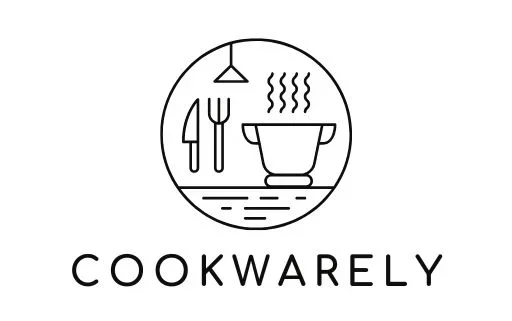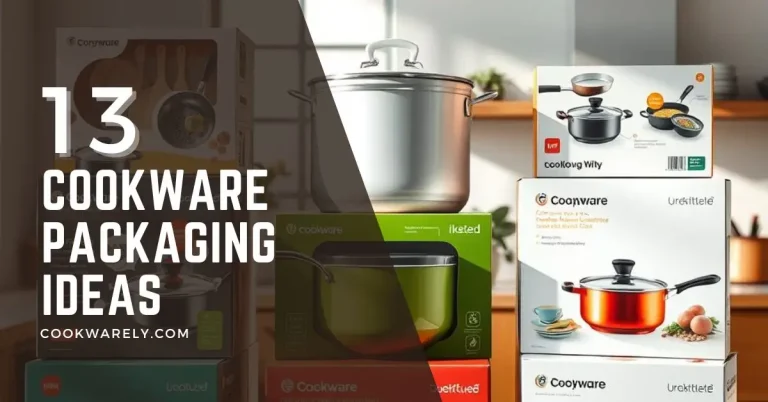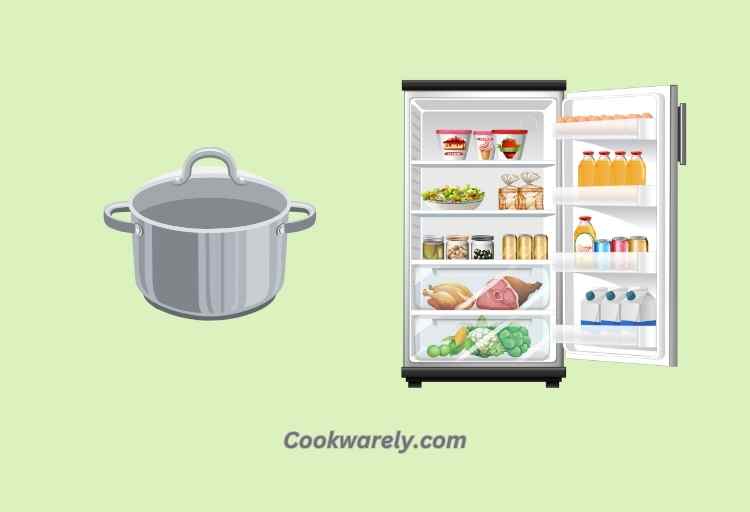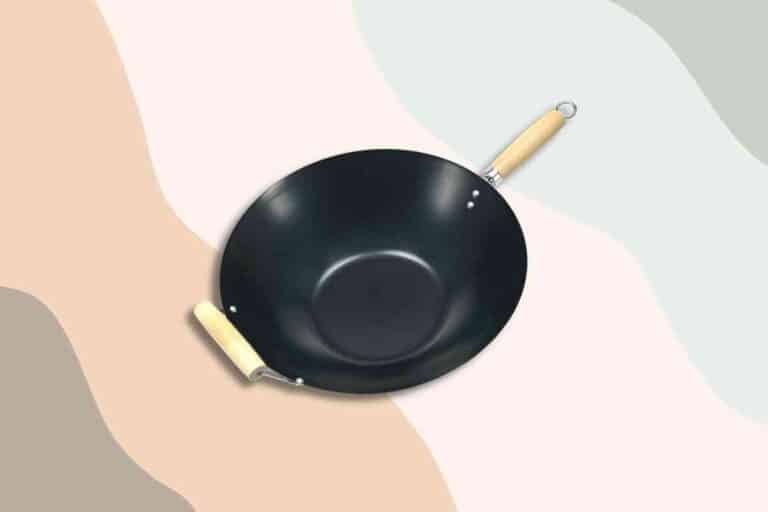Is Induction Cooking Safe? Yes!
Induction cooking has been making waves in modern kitchens, offering a range of benefits that include speed, energy efficiency, and safety. However, like any technology, it comes with its own set of considerations.
Yes, induction cooking is generally safe due to its cool-to-touch surface, eliminating burns and gas-related risks. It offers improved indoor air quality and energy efficiency. However, users must consider specific cookware requirements, a learning curve, and vulnerability to power outages.
When using induction cooking:
- Ensure your cookware has a strongly magnetic bottom to work effectively with induction cooktops.
- Be prepared for a slight learning curve in adjusting cooking habits and monitoring pans more closely due to rapid heating and precise temperature control.
- Given its reliance on electricity, have a backup plan for cooking during power outages, such as a portable gas burner or alternative cooking method.
Contents
7 Aspects Of Induction Cooking
| Aspects | Description |
|---|---|
| Zero Gas Risk | Induction cooktops eliminate the risk of gas leaks, enhancing safety in the kitchen. |
| Cool to the Touch | The surface of an induction cooktop remains cool, reducing the risk of burns and facilitating easy cleaning. |
| Boil-Over Protection | Induction surfaces are less likely to cause boil-overs, minimizing the risk of flare-ups and scorching. |
| Improved Indoor Air Quality | Unlike gas stoves, induction cooktops do not produce harmful indoor air pollutants like nitrogen dioxide. |
| Energy Efficiency | Induction cooktops are highly energy-efficient, saving both money and reducing environmental impact. |
| Increasing Popularity | Induction cooking is gaining popularity for its safety and efficiency, offering a modern cooking experience. |
| Electromagnetic Fields | There is no conclusive evidence that low-level electromagnetic fields from induction are harmful to health. |

Is Induction Cooking Safe?
Induction cooking is generally considered safe, offering several advantages such as a cool-to-the-touch surface, which reduces the risk of burns, and zero gas-related risks since it operates on electricity, eliminating the possibility of gas leaks.
Moreover, it contributes to improved indoor air quality by not producing harmful indoor air pollutants commonly associated with gas stoves.
Additionally, its energy efficiency is noteworthy, translating to cost savings and reduced environmental impact.
However, three crucial considerations when using induction cooking include cookware compatibility, as specific pots and pans with magnetic bottoms are required for optimal performance.
There’s also a slight learning curve involved, necessitating adjustments in cooking habits and careful monitoring of pans due to the rapid and precise heating.
Lastly, users should be aware of the vulnerability to power outages, as induction stoves rely entirely on electricity.
Having a backup plan, such as a portable gas burner, can mitigate this issue and ensure a seamless cooking experience.
Advantages of Induction Cooking
Fast and Responsive
One of the standout advantages of induction cooking is its speed and responsiveness. When you turn on an induction cooktop, it heats up almost instantly.
This rapid heating and cooling down makes boiling water or adjusting temperatures a breeze. It’s perfect for those who want to cut down their meal preparation time.
Safety
Safety is a primary concern in any kitchen, and this is where induction cooktops shine. Unlike gas or electric stoves, the surface of an induction cooktop remains cool to the touch.
This reduces the risk of burns, making it an excellent choice for households with children or elderly individuals.
Efficiency and Sustainability
Induction cooktops are environmentally friendly and energy-efficient. They use less energy compared to their gas counterparts and emit fewer pollutants into the atmosphere.
Some induction cooktops even have Energy Star certification, making them eligible for government rebates.
High-Tech Features
If you’re a tech enthusiast, induction appliances won’t disappoint. They often come loaded with advanced features, such as precise temperature control and compatibility with companion apps. These features allow you to have more control over your cooking, resulting in better dishes.
Disadvantages of Induction Cooking
Higher Initial Cost
It’s true that the upfront cost of an induction cooktop is higher than that of traditional stoves. However, it’s important to consider this as an investment. The long-term benefits, including energy savings, can offset the initial expense.
Electricity Costs
In regions where electricity is more expensive than gas, running an induction cooktop can be costlier in the long run. It’s essential to calculate your local utility costs and determine whether the energy efficiency of induction cooking outweighs the expense.
Installation Complexity
Switching from a gas or electric stove to an induction cooktop might require some adjustments. This could involve significant electrical and plumbing work, which could be an additional cost and inconvenience.
Power Outages
Since induction cooking relies entirely on electricity, power outages can disrupt your cooking plans. It’s a good idea to have a backup plan in case of such situations, like a portable gas burner.
Specific Cookware
To use induction cooktops, you need cookware with strongly magnetic bottoms. This may require replacing your existing pots and pans if they are not compatible, adding to the overall cost.
Learning Curve
Transitioning to induction cooking may require some adjustment in your cooking habits. Induction cooktops heat differently from gas or electric stoves, so you might need to monitor your pans more closely until you get the hang of it.
Digital Controls
Many induction cooktops come with digital controls rather than traditional knobs. If you’re used to the latter, it might take a little time to get accustomed to the digital interface.
Safety Aspects of Induction Cooking
Zero Gas Risk
One of the most significant safety advantages of induction cooking is the elimination of gas-related risks. There’s no need to worry about gas leaks, which can be harmful and lead to fires.
Cool to the Touch
Traditional stovetops get scalding hot during cooking. In contrast, the surface of an induction cooktop remains cool while the cookware heats up. This not only reduces the risk of burns but also makes cleaning up spills a breeze.
Boil-Over Protection
Induction cooktops are less likely to cause boil-overs compared to gas stoves. This reduces the chances of flare-ups and scorching, making your cooking experience safer.
Improved Indoor Air Quality
Gas stoves can emit harmful indoor air pollutants like nitrogen dioxide. Induction cooktops, on the other hand, do not produce these pollutants, contributing to better indoor air quality.
Energy Efficiency
Induction cooktops transfer heat directly to the cookware, making them highly energy-efficient. This not only saves you money but also reduces your carbon footprint.
Increasing Popularity
Induction cooking is on the rise due to its safety and efficiency. It offers precision, flexibility, and safety comparable to gas and high-end electric cooking.
Electromagnetic Fields
There’s an ongoing debate about whether the low-level electromagnetic fields produced by induction cooktops are harmful to health. However, as of now, there’s no conclusive evidence to suggest that they pose any significant health risks.
Cost Considerations and Market Trends
Cost Considerations
While induction cooktops have a higher upfront cost, they can lead to long-term savings through energy efficiency. It’s essential to weigh the initial investment against the potential savings over time.
Market Trends
Induction cooktops are gaining momentum and might soon outsell traditional electric cooktops. As more people recognize their safety and efficiency, their popularity continues to grow.
How Do Induction Cooktops Work?
Induction cooktops use an alternating electric current (AC) that passes through a coil underneath the cooking surface. This current creates a magnetic field around the cooking pan, which generates heat.
This process is also known as induction, and the cooking process is faster and more energy-efficient than conventional gas stoves.
Induction cooktops have several features to keep the cooking process safe. They usually have longer safety cut-off times and other safety measures such as residual heat lights and overflow controls.
Some inductions even come with preset menus that make cooking easier and safer. As long as you follow the instructions, you won’t have to worry about any potential dangers.
Induction cooktops are not designed for large-scale cooking, so they’re not good for preparing large quantities of food.
However, they are excellent for smaller-scale cooking since they’re more energy-efficient. This means that you can cook more food in less time.
Induction Cooktop Problems
Induction cooktops are energy-efficient and safe, but a few common problems can arise. If yours doesn’t respond to your commands or makes loud noises, it may need to be repaired by a professional.
To ensure your kitchen’s safety and prevent serious injuries, read the manufacturer’s recommended temperature guidelines for your cooktop.
Induction cooktops can shut off suddenly and may not respond to your touch. If this happens, you may have accidentally locked it, or the temperature sensor has tripped.
The problem may be due to the device’s automatic shutdown feature, which turns off the cooktop if the cooking time reaches the maximum.
The first step to resolving an induction cooktop problem is to test the power supply. If you are unsure whether it is working, call an electrician to check it out.
In most cases, the problem can be caused by a faulty circuit. To fix this, you may need to purchase a power stabilizer.
Caution When Using Induction Cooktops
Induction cooktops are very popular nowadays, but you must use them cautiously.
The cooktop emits an electromagnetic field that can harm your health if you are not careful. You should keep yourself at least 30 centimeters away while it is heating water.
Induction cooktops have safety features like auto heat-up and booster. They also have residual heat lights and LED flames. These features make cooking easier and safer.
You can use them anywhere, but you should always use them cautiously. Make sure that your cookware is compatible with induction cooktops.
Cleaning the cooktop is also important to prevent it from scratching. You shouldn’t use harsh cleaning agents on an induction cooktop. Using dish detergent or vinegar is a good solution to clean the surface.
After using the cleaner, be sure to wipe the surface with a damp cloth to remove any remaining residue. Otherwise, you might end up permanently staining your cooktop.
Conclusion
In conclusion, induction cooking is generally safe and comes with a host of advantages. It’s an excellent choice for those seeking a fast, energy-efficient, and safe cooking experience. However, it’s essential to consider the upfront costs, potential electrical expenses, and the need for compatible cookware.
As with any kitchen appliance, the suitability of induction cooking depends on your specific needs and circumstances. If you prioritize safety and are willing to make the initial investment, an induction cooktop could be a fantastic addition to your kitchen. It offers a modern, efficient, and safe way to prepare your favorite meals.





